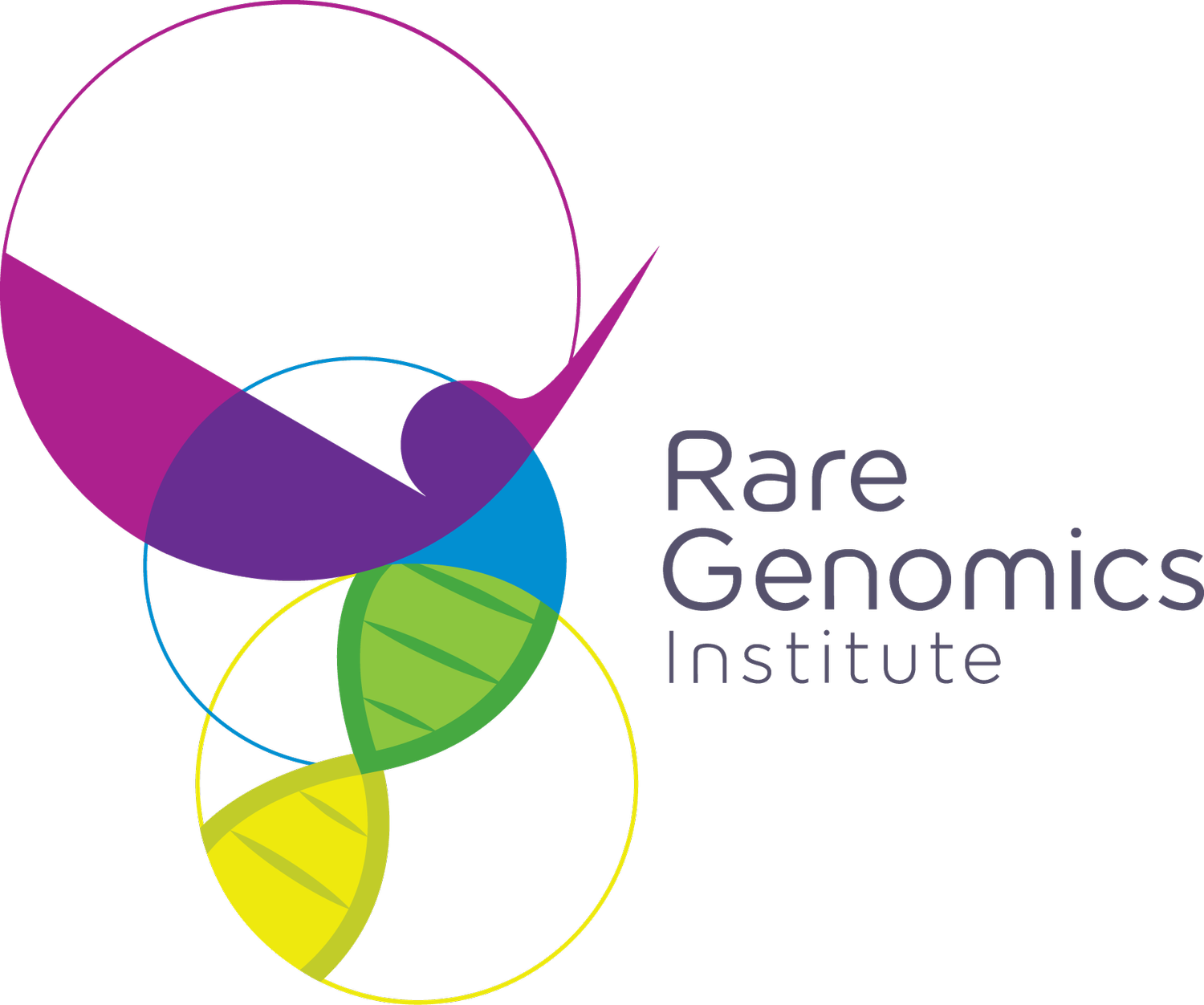Redefining the future of Rare Diseases: The Power of Gene Therapy
For many patients with rare diseases, traditional medicines offer little relief. But a new frontier in medicine, gene therapy, is bringing hope where none existed before.
What Is Gene Therapy?
At its core, gene therapy aims to treat or even cure diseases by fixing faulty genes. Unlike conventional drugs that only manage symptoms, gene therapy targets the root cause, the genetic defect itself. This is usually done by delivering a healthy copy of a gene into a patient’s cells, turning off a harmful gene, or editing the existing DNA to correct errors.
Why Is It a Game-Changer for Rare Diseases?
Approximately 7,000 rare diseases are known today, and about 80% of them have a genetic basis. For many, there are no approved treatments. Gene therapy provides a personalized approach by addressing the underlying mutation.
How Does It Work?
Gene Addition: Scientists use harmless viruses, such as adeno-associated viruses (AAVs), as “delivery vehicles” to carry the healthy gene into cells.
Gene Editing: Tools like CRISPR-Cas9 can precisely correct errors in DNA, much like fixing a typo in a book.
Gene Silencing or Regulation: Antisense oligonucleotides (ASOs) are used to turn off a harmful gene or modulate its activity
Cell-Based Therapies: In some cases, a patient’s own cells are modified in the lab and then reintroduced into the body.
Gene Therapy Breakthroughs in Rare Diseases
Spinal Muscular Atrophy (SMA), a rare disease that causes muscle weakness in babies, can now be treated with a one-time gene therapy that helps children move and even walk who once couldn’t.
Leber’s Congenital Amaurosis, a rare inherited blindness, can be improved with gene therapy that helps restore sight in some patients.
Duchenne Muscular Dystrophy, a rare muscle-wasting disease in boys, has a gene therapy that helps slow muscle damage and improve strength.
Metachromatic Leukodystrophy, a rare disorder that damages the brain and nerves in young children, can now be treated with a stem cell–based gene therapy that helps prevent loss of movement and speech.
Hemophilia A and B, rare bleeding disorders, can now be managed with gene therapies that help the body produce its own clotting factors, reducing the need for lifelong infusions.
ADA-SCID, a very rare immune disorder sometimes called “bubble boy disease,” can be treated with gene therapy that rebuilds the immune system and allows children to live normal lives.
A more recent, groundbreaking example involves KJ, a baby born with severe carbamoyl phosphate synthetase 1 (CPS1) deficiency, a rare metabolic (urea cycle) disorder that prevents the body from properly processing ammonia, causing toxic buildup. Because of his disease, KJ was facing life-threatening levels of ammonia unless an enzyme in his liver (CPS1) could be restored. In the case of KJ, researchers at the Children’s Hospital of Philadelphia (CHOP) and Penn Medicine designed a personalized CRISPR-based gene editing therapy to correct KJ’s specific genetic mutation.
Read more about the 2025 CHOP and Penn Medicine case here.
These successes highlight the revolutionary potential of gene therapy to transform the lives of patients with rare diseases.
Challenges Ahead
While gene therapy offers incredible promise, it is not without hurdles:
High Costs: Some treatments are priced at over $2 million per patient.
Safety Concerns: Immune reactions and unintended genetic changes remain risks.
Accessibility: Most therapies are available only in a few specialized centers worldwide.
Future Full of Possibilities
Despite these challenges, progress in gene therapy is accelerating. Clinical trials are underway for rare disorders affecting the blood, brain, muscles, and eyes. Researchers are also exploring more efficient, safer delivery methods and working toward lowering costs.
For rare disease patients and their families, gene therapy represents not just treatment but hope for a future where inherited conditions no longer dictate destiny.

